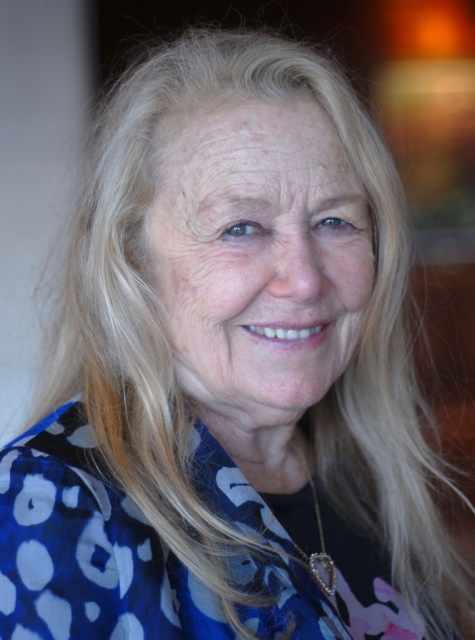Connecting with Consumers
AgChat Reaches Out to Consumers
By Laurie Greene, Editor
Jenny Schwiegert, AgChat Foundation chief executive director, spoke to Laurie Greene, California Ag Today editor, at the recent Bayer AgVocacy Forum about one of the biggest challenges to agricultural advocacy. “We’ve got excellent bloggers out there,” Schwiegert said, “however, the audience they [reach] tends to be other growers and ranchers. We do not want to be singing to the choir. We need to find other ways to connect with non-ag consumers.”
Schwiegert elaborated on some of the resources for non-ag readers posted on the AgChat website, “There’s a page under “Resources” that talks about different non-agricultural hashtags people can use when they tweet or use Instagram or Snapchat. We also have a post about people with whom we need to connect on Twitter who are not necessarily in the agricultural industry.”

Jenny Schiegert, AgChat chief executive director (Photo Source: LinkedIn)
To [farmers and Ag bloggers] who are trying to determine who their audience might be, Schwiegert advised, “There is more to you than just farming and ranching. You know, I like to do renovations at my home; I like photography; and I’m a baseball mom. When I began blogging, which I don’t do as much recently, my strategy was always to be incognito and not say, ‘Hey, this is what I do.’ I would only talk about farming.”
However, Schwiegert discovered that when she talked about those other topics that are not necessarily related to farming, her posts attracted a lot more of a mom-based or photographer-based audience. She suggested, “Find that spark, the other part of your life that is not related to farming and ranching, and explore and talk about it. Connect with other people [consumers] who have that same desire to have a hobby or whose kids are also in baseball, or whatever it might be.”
While connecting with people via a distinctly different interest can be constructive, Schwiegert held that consumers do trust and want to hear about agriculture from farmers and ranchers. She referred to a recent finding that while the majority of people do not know how to get in contact with a farmer, farmers are the people they want to talk to and get their information from.
“We have also experienced this on a personal basis,” Schwiegert shared. “While our operation is very small, we like to take people, and not necessarily adults. Sometimes we will bring our children’s friends out, show them the sheep, and take them to my in-laws’ dairy. My younger two sons have an egg business, so we’ll show them that too.”
“Ninety-nine percent of the time,” Schwiegert said, “someone will say, ‘Oh these are so much better than the store-bought, and the store-bought has been sitting on the shelves for months.’ That’s where I stop and say, ‘that is not necessarily true. Let me connect you with Katy who is in Iowa or let me connect you with Greg in Oregon, whose egg farm is producing 1.5M eggs a day.’”
“I like to connect people,” she explained, “to help them understand what modern agriculture is all about because we tend to have a [rustic] romantic, idealistic view of what a farm is, and that is what people want.” But, she contends, that may not match what farming really is in today’s world. “I think people really do want to talk to the farmers and ranchers,” said Schwiegert. “They just don’t know how to go about connecting with them.”
Schwiegert does not know if there is a definite ‘disconnect’ between this romantic view of the rustic farm scene with antiquated tools, and consumers who use the latest devices and apps. She said, “I am not sure how to re-connect that. For instance, why is it ok to use an antibiotic if you have pneumonia, but it is not ok to use it in chicken? And I’m not sure how we mend that because consumers are not trustworthy of statistics and science, so I guess that it is one of the million-dollar questions out there. You know, how is it OK for them to have a Fitbit, but our farmers can’t use GPS or auto-steer in their tractors or precision Ag drones?
“That is a huge disconnect, and we need to address it as an industry,” Schwiegert reflected. “I think a lot of people in agriculture are intimidated and scared to share their stories because there are folks out there who are ready to pounce. And especially if you have small children, you do not want to have those types of people on your property. So people are hesitant to share their stories.
“I have the same fears,” Schwiegert stated. “I don’t want people like that on my farm. But the more that we can share our stories out in public, using different methods—whether through social media or a farm-to-table type of event with a commodity group at a public location—the more likely we are to mend that disconnect.”






















